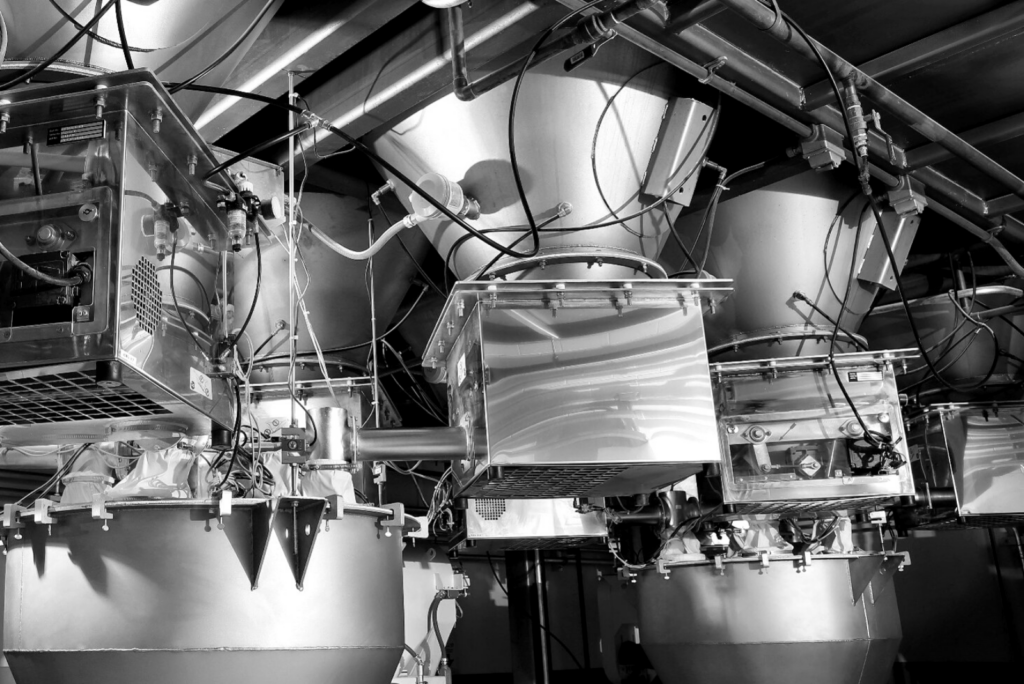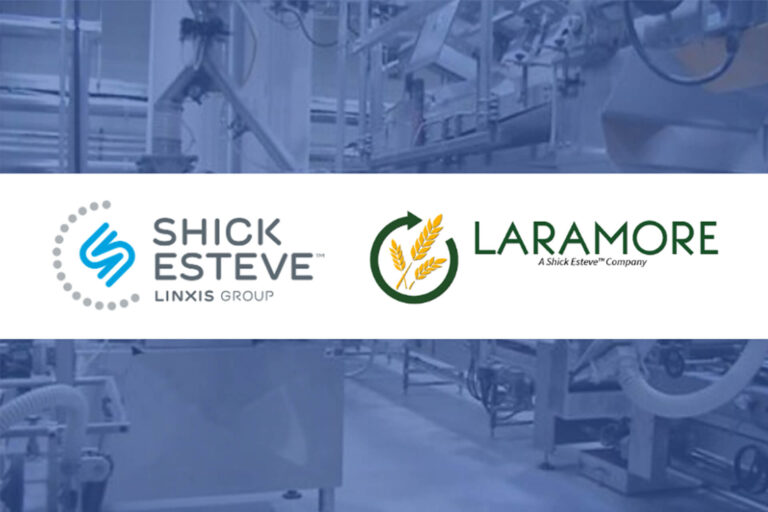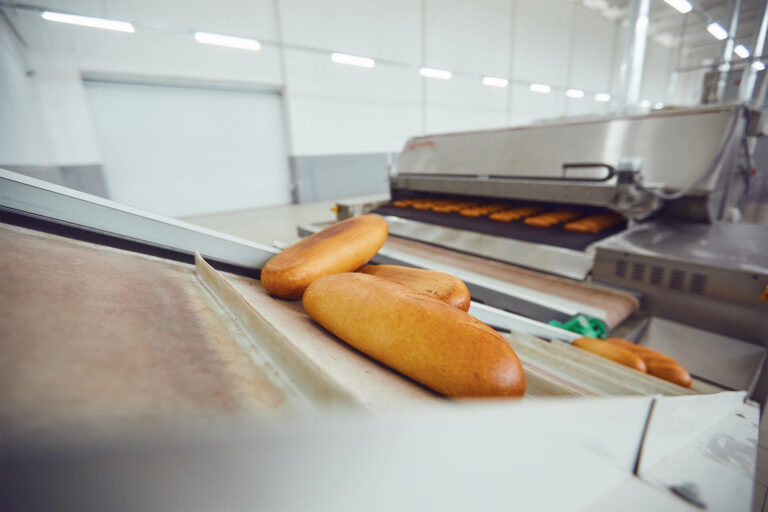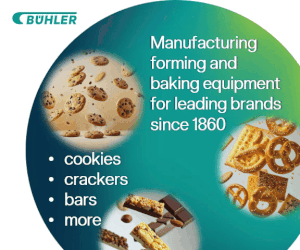MUNICH — For certain products, continuous mixing is a key technology for an efficient process.
While continuous mixing carries its own direct benefits, automated ingredient handling that continually feeds the mixer is a necessary tool for a streamlined production. In fact, precise ingredient automation is a critical factor for producing optimum quality output from the continuous mix.
During the iba.CONNECTING EXPERTS conference held online Oct. 25-28, Jason Stricker, VP of sales and marketing for Shick Esteve, and Mikaël Roussière, sales manager for bakery and food process at VMI — both members of the Linxis Group — outlined the benefits of linking ingredient automation into a continuous process.









